The year 2021 was extremely remarkable for the solar energy sector. The segment not only maintained its accelerated pace of growth, with generation records in several states, but also moved the Brazilian news like at no other time in its history.
The discussions on the creation of legislation specific to the distributed micro and mini generation market, the source's contributions to tackling the biggest water crisis in the last 91 years, in addition to the return of the Intersolar fair (after two years of absence) were just some of the highlights.
Check out below, in this special content, a selection prepared by the journalism team at Solar Channel with the facts and events that marked the photovoltaic sector in Brazil and the world this year.
Biden's environmental policies
The year began with the inauguration of North American President Joe Biden and the implementation of one of the axes that supported the Democratic candidate's victorious campaign: the valorization of renewable energy sources and the return of the United States to the Paris Agreement.
Soon after assuming the White House, one of Biden's first acts as governor was precisely to fulfill this promise, with the announcement that in four years more than US$ 2 trillion would be invested in the construction, infrastructure and transport sectors, the equivalent of more than R$ 11 trillion.
The investments that began to be made by Biden aim for a bold objective: to eliminate carbon emissions in the generation of electrical energy in the USA by 2050. The American president, at the beginning of the year, also announced the training of American workers and companies to further promote clean energy in the country, with emphasis on solar.
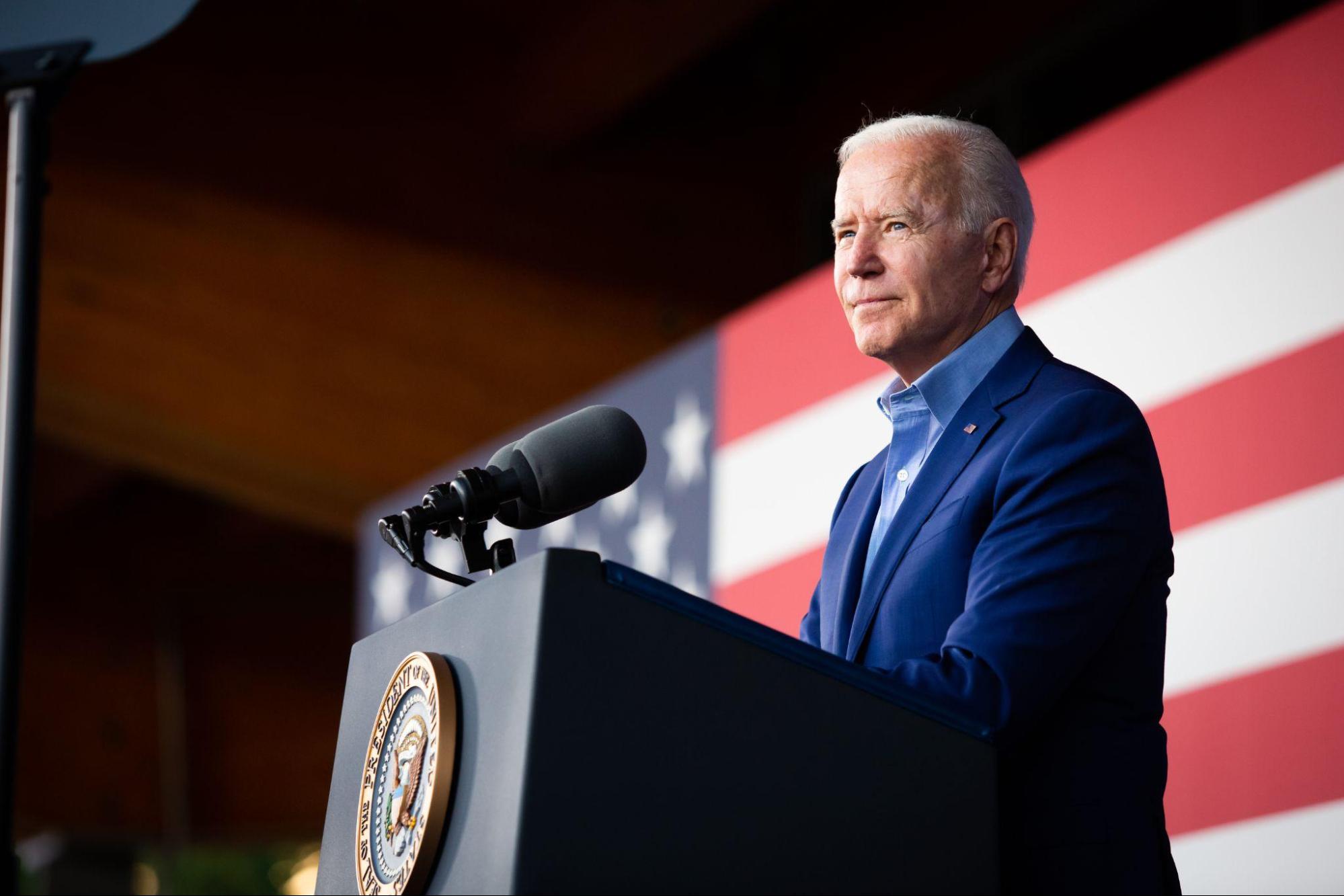
Ex-tariffs and tax reductions
Throughout the year, the Brazilian government granted hundreds of exemptions in the tax rate for importing photovoltaic equipment, such as panels, inverters and solar trackers. Exemptions were promoted by Camex (Chamber of Foreign Trade), from the MME (Ministry of Mines and Energy), with the aim of promoting the use of the source throughout the country, valid until December 31st.
Behind the scenes, the Federal Government is already working to extend the ex-tariff regime in the country with Mercosur member countries, which need to approve the request for this to happen. The expectation is that the agreement will be concluded at the bloc's summit meeting, which will be held on December 16, in Brasília (DF).
Furthermore, for equipment that did not have ex-tariffs, Brazil also published some reductions in import tariffs. The last discount promoted, for example, occurred at the beginning of November, with rates being reduced from 12% to 6% for solar panels; from 18% to 9% for certain types of lithium batteries; and from 14% to 7% for inverters.
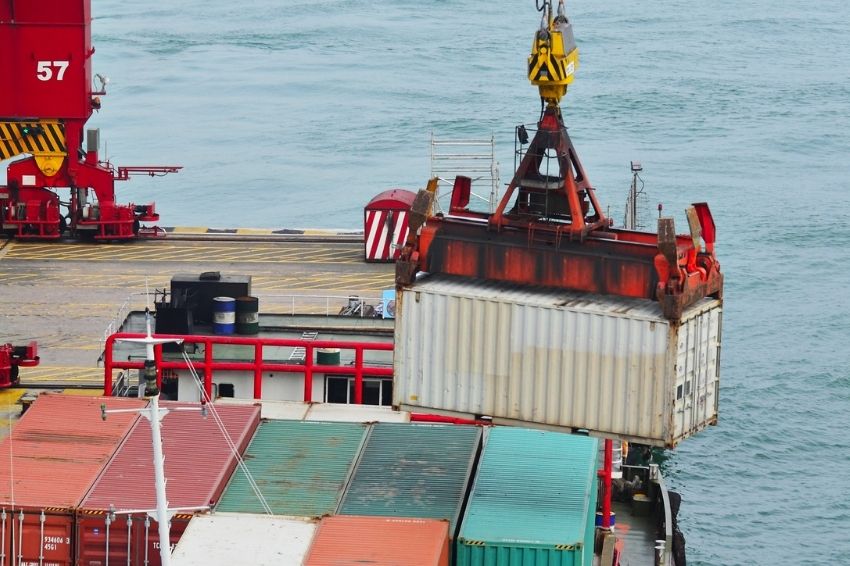
Sea freight and shortage of raw materials
The energy crisis in China was another highlight of the year. The problem impacted the production chain and caused thousands of people to begin to suffer from shortages caused by government requirements.winter to decarbonize the economy, by increasing electricity demand and rising coal and gas prices.
Due to the crisis and the blackouts recorded in China, the price of polysilicon – an essential raw material for the manufacture of solar panels and which had already been accumulating significant increases since January – reached levels never seen before. The result culminated in a significant increase in the value of photovoltaic systems across the planet.
Market demand and moves by silicon material manufacturers – which deliberately created the illusion of a serious shortage of polysilicon and silicon wafers – also encouraged intermediaries to hoard and raise product prices.
The measure also harmed the photovoltaic sector throughout 2021, which saw the price of raw materials break records. Even before the first half of the year ended, preliminary statistics showed that industry inventory in April and May had increased by 61.8% compared to the month of March.
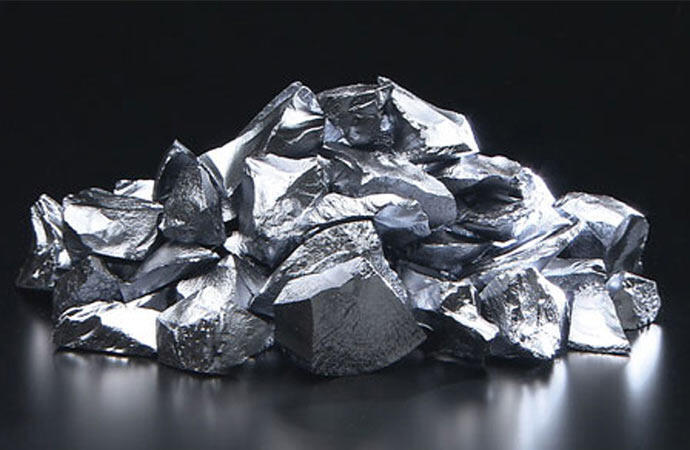
All these uncertainties led several companies, from various segments, to suspend their activities in all regions of China. Apple and Tesla, for example, canceled production at some Chinese factories for several days to comply with stricter energy consumption policies, putting supply chains at risk.
Furthermore, another issue that negatively affected the solar energy sector was the Covid outbreaks in several Chinese regions. This is because, after managing to control the first wave of the virus, the country began to register several outbreaks of the Delta variant.
This year alone, dozens of ports were closed after the discovery of employees infected with the disease, which delayed the delivery of products and inflated prices. The most emblematic case occurred at the port of Ningbo, which ranks third in the global ranking of container handling. The space was closed for two weeks after local authorities found that a single worker was infected.
Outside of China, other problems also influenced the rise in international freight prices, as was the case with the Ever Given ship running aground in the Suez Canal, in Egypt, at the beginning of this year.
The incident caused problems for several sectors around the world, including solar energy, which saw the price of sea freight soar due to the unavailability of containers due to the delay caused in the removal of the 400 meter long vessel. In total, the vessel spent six days unable to move through the Suez Canal, one of the main maritime crossings in the world for the transport of goods and raw materials and responsible for around 10% of international maritime trade.

GD Legal Framework
The vote on PL 5829 (Bill 5829/2019), which provides for the creation of its own legislation for the distributed micro and minigeneration segment in Brazil, was one of the most talked about events in the energy sector throughout the year. solar.
Initially, the proposal was scheduled to be voted on at the beginning of last year, but ended up being postponed due to the Covid-19 pandemic. The topic was resumed in December 2020, when the majority of deputies voted to urgently approve the text, allowing some steps to be skipped in the processing process and the project to go straight to voting.
Before being approved by the Senate, with amendments, and approved again by the Chamber of Deputies, the project was put on the agenda for voting in both houses several times. The delay in voting on the text, authored by deputy Silas Câmara (Republicanos-AM) and reported by deputy Lafayette de Andrada (Republicanos-MG), culminated in a mobilization around the project, to the point of bringing together hundreds of participants, in Brasília (DF), on June 8th this year.
The proposal was only approved by deputies almost a month later, on August 18, with an absolute majority of votes: 476 in favor, three abstentions and only three against. Two months later, approval came in the Senate, with amendments, which forced the text to return to the Chamber for a final vote. The text was approved at the beginning of the month and is awaiting presidential sanction to become law.

Energy transition on the rise
Environmental policies and the need for municipalities, states and countries to come together in favor of the environment and the adoption of measures that value the production of clean energy sources – including solar photovoltaics – generated numerous international agreements throughout 2021.
The main event took place in Glasgow, Scotland, at the beginning of November, with the meeting of around 200 countries at COP26, the 26th United Nations Conference on Climate Change. During the meeting, the summit announced the definitive document with goals to be followed by everyone.
This was the first time, in all 26 editions of the event, that coal, oil and natural gas appeared as the main causes of climate change at the conclusion of the summit, with the need for the planet to transition from fossil fuels to renewables.
In addition to COP 26, another agreement that moved the year was the UN (United Nations) “Race to Zero” campaign with cities, states and businesspeople aiming to bring net greenhouse gas emissions to zero by 2050, contributing to maintaining the global warming below 1.5 ºC, predicted by the Paris Agreement.

The initiative seeks to achieve the goal by intensifying decarbonization actions, attracting investments for sustainable businesses and creating green jobs. In this way, it is understood that it will be possible to facilitate an inclusive and sustainable socioeconomic development scenario.
In Brazil, the measure was accepted by different states, such as São Paulo, Minas Gerais, Pernambuco, Pará and Panará. They all joined other regions of the globe such as California, New York, Hawaii and Washington, in the United States; Catalonia, Madrid and Navarra, in Spain; in addition to other states in countries such as Sweden, Australia, the United Kingdom, Canada, Germany and Belgium.
Water crisis
With the arrival of the dry period in most of the country, the country's main reservoirs – especially in the South, Southeast and Central-West regions – suffered a huge depletion in 2021, which made energy production more difficult and increasingly expensive .
According to the National Electric System Operator (ONS), the lack of rainfall in the country for generating electricity was the worst in 91 years. The problem forced the Federal Government to resort to the use of thermal plants – a more expensive source, the cost of which is passed on to the consumer – to avoid blackouts and energy rationing.
The activation of these plants meant that Brazilian families had to pay more to use electricity in their homes and started to deal with a rise in prices in other sectors of the economy, such as cooking gas and basic food basket items, due to the effects of inflation.
In total, there were four increases in the value of the electricity bill between January and November this year. The biggest of these occurred in the last week of October, when Brazil announced the creation of a new tariff flag worth R$ 14.20 for every 100 kWh consumed. The announcement was made by André Pepitone, general director of ANEEL (National Electric Energy Agency).
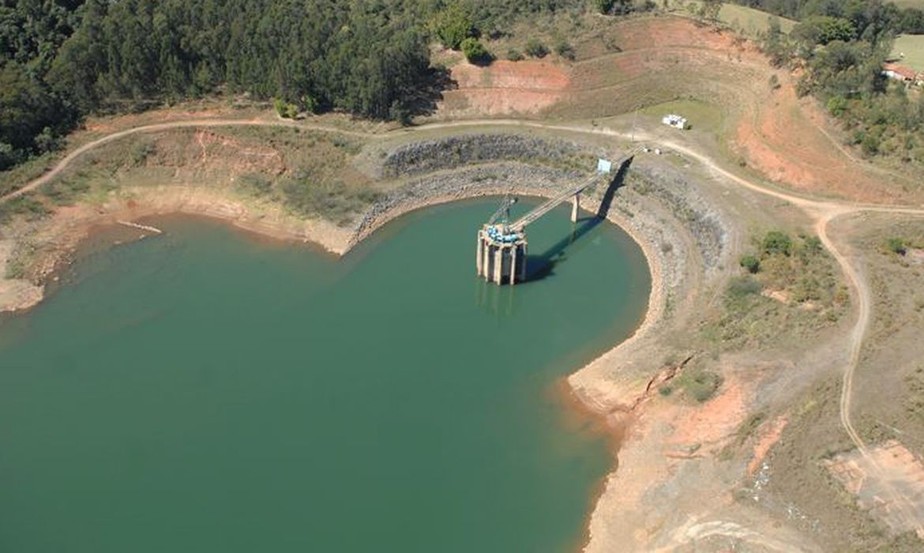
Called the “Water Scarcity” Tariff Flag, the initiative caused a significant increase in the average consumer tariff and a substantial growth in the population in the search for photovoltaic systems, with the aim of generating their own energy and saving money. The forecast is that the new flag will remain valid until April 2022 and will undergo further increases until then.
According to ANEEL data, in 2021 alone, the accumulated adjustment for consumers has already exceeded the 7% barrier and for 2022 the agency believes that the tariff will be 21.04% more expensive. If you count all increases, including annual adjustments, and with the base value being the green flag, the electricity bill rose by an average of 25% in relation to the tariff at the beginning of the year.
With the country cornered by the red flag, increasing inflation and an increasingly high electricity bill, energy sector professionals warn that it is necessary to diversify the national energy matrix as quickly as possible so that the country does not depend solely on of the energy that comes from hydroelectric plants.
Companies & Business
The movement of Mergers and acquisitions of companies in the solar energy sector gained momentum in 2021. In August, photovoltaic equipment distributor Aldo Solar, for example, was purchased by a private equity fund from Brookfield Business Partners. The value of the transaction was not revealed.
Brookfield is a publicly traded limited liability company that owns and operates renewable energy assets and is headquartered in Canada. The company's purchase of Aldo represented a major impact on the sector, showing that large companies in the electrical sector are investing in the photovoltaic solar energy market.

The acquisition promises to make the Brazilian company an even stronger brand in the solar generator market for distributed generation in Brazil. In 2020 alone, the company recorded a turnover of R$ 1.6 billion in sales.
Another acquisition that shook the market took place in November, after Array Technologies closed an agreement to acquire STI Norland for approximately €570 million – around US$ 652 million, at the price at the time.
According to the companies, the combined businesses will have leading positions in North America, Latin America and Europe, the three largest solar energy markets outside of China. The transaction will close in the first quarter of 2022.In addition to buying and selling companies, large multinationals also entered the clean energy market this year.

The Shell Group, for example, launched its own segment focused on energy transition and decarbonization in September. The oil company's initiative is to offer the Brazilian market products with a lower environmental impact and sell electrical energy through renewable sources (solar and wind plants) and low-carbon energy (thermal from gas).
This year, Shell also took an important step towards the construction of its first solar project in Brazil, with the signing of a cooperation agreement with steel producer Gerdau for the development of a 190 MW photovoltaic plant. The plant will be built in the municipality of Brasilândia de Minas (MG).
The return of Intersolar
Intersolar South America, the largest fair in the solar sector in Latin America, broke the attendance record in the 2021 edition. The fair – which was held at Expo Center Norte in São Paulo (SP), on the 18th, 19th and 20th of October – has not occurred since 2019 due to the Covid-19 pandemic.
The event brought together approximately 28,000 visitors over the three days of the exhibition, exceeding expectations of 25,000 people, a record for the last edition of the fair. In addition, it also surpassed the public of Intersolar Europe Restart 2021, held two weeks earlier, which registered the participation of 26 thousand visitors.
At the official opening, Rodrigo Sauaia, president of ABSOLAR (Brazilian Association of Photovoltaic Solar Energy), highlighted that solar energy is now a more than fundamental instrument in the country's economic and social recovery, amid the pandemic and water crisis. In total, more than 250 exhibitors showcased their latest innovations in products and services at the Brazilian edition.
Canal Solar participated in the event as the official Brazilian press, carrying out more than 200 interviews with exhibitors, visitors and the Intersolar organizing team. In addition, it had its own stand, which was a meeting point for professionals in the sector, who took advantage of the opportunity to discuss technological advances, new businesses and market growth. The stand was also the stage for lectures to attendees.

Popularization of solar energy and the 12 GW milestone
In November, Brazil surpassed the historic mark of 12 GW of operational power from photovoltaic solar sources in large plants and in small and medium-sized systems installed on roofs, facades and land.
In total, there is already more than 4.5 GW of power installed in solar plants in the GC segment (centralized generation), the equivalent of 2.4% of the country's electrical matrix, and more than 7.5 GW in DG (distributed generation ), which is already the sixth largest source of generation in Brazil, with projects in operation in several states.
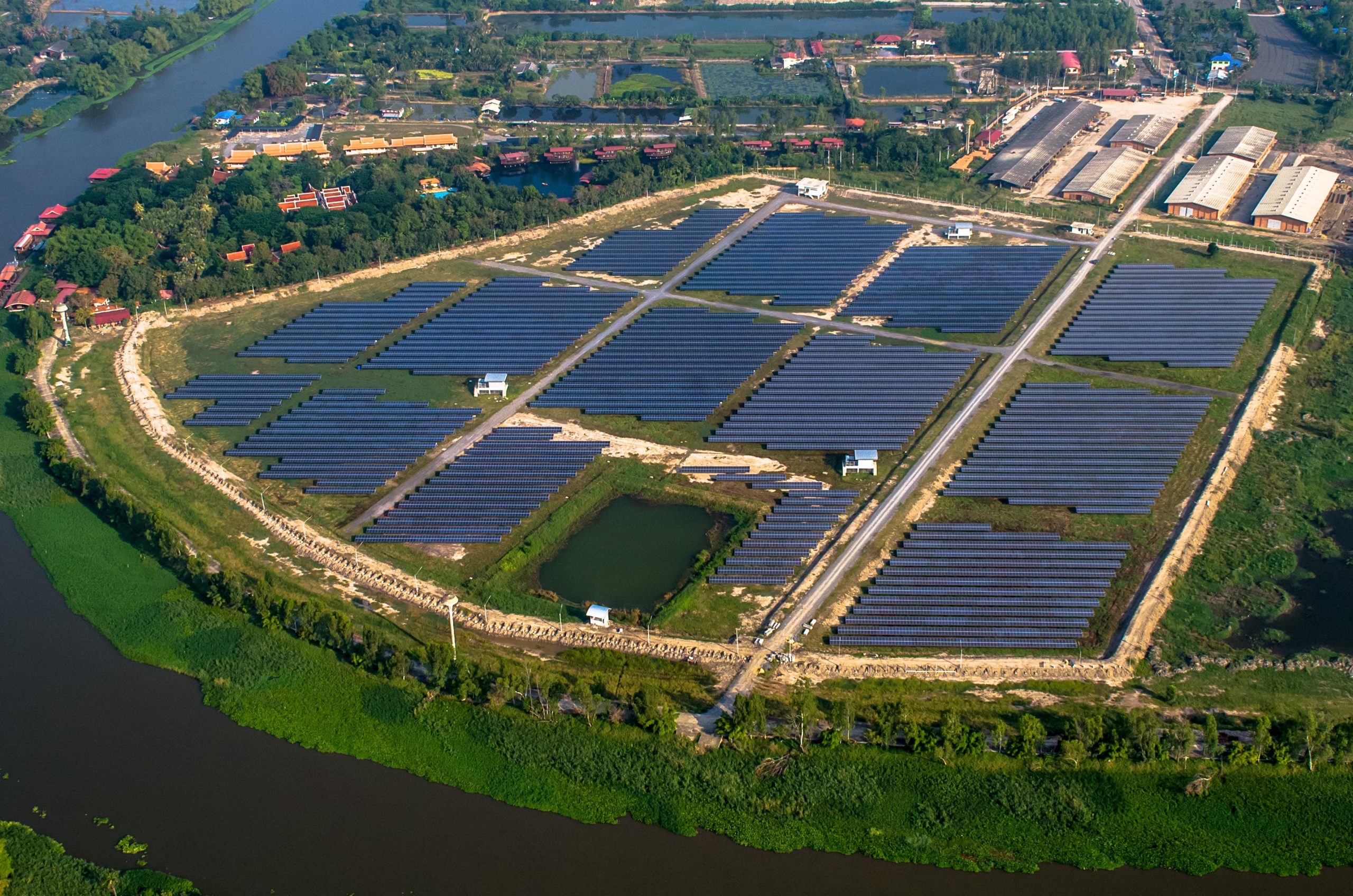
The record also reinforced the growth of the photovoltaic sector in recent years, which saw its operational power more than double in less than two years, jumping from 5 GW in April 2020 to the current 12 GW.
According to ABSOLAR (Brazilian Association of Photovoltaic Solar Energy), the source has already brought Brazil more than R$ 58 billion in new investments, in addition to R$ 15.6 billion in revenue from public coffers and more than 347 thousand jobs accumulated in less ten years.

















